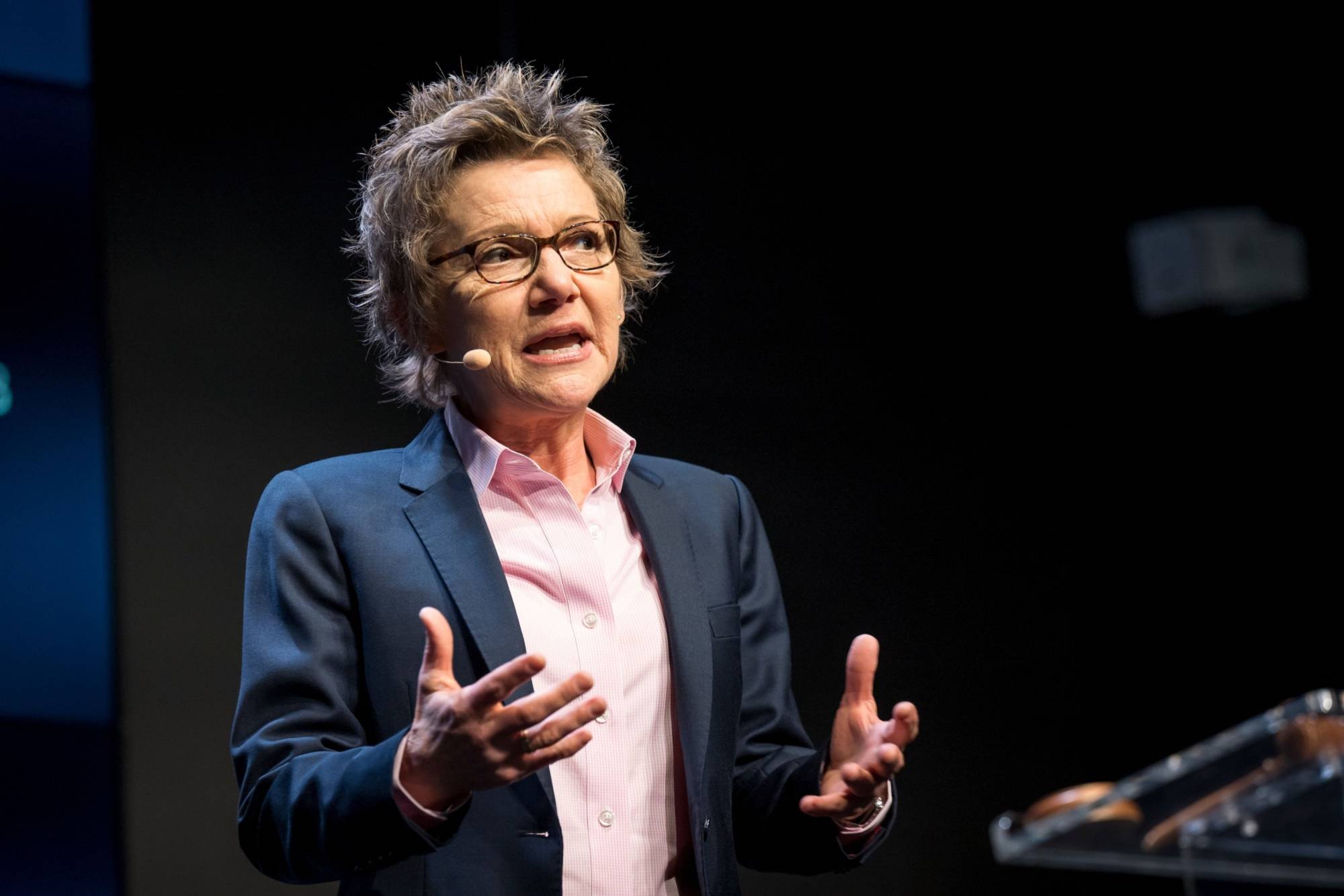Federal Reserve officials have effectively pushed back against a narrative in financial markets over the past week that policymakers are envisioning a pivot away from tightening amid evidence of a turn in the economy.
Four Fed district-bank presidents highlighted in remarks on Tuesday that there was no sign yet of inflation easing. San Francisco Fed President Mary Daly said "we are still resolute and completely united” in the objective of getting inflation down to around the 2% target.
Remarks from Daly, Cleveland’s Loretta Mester and Chicago’s Charles Evans helped trigger a surge in Treasury yields Tuesday as traders reconsidered how much more the central bank will raise interest rates and whether it could move to cut them in early 2023. Yields had tumbled after Chair Jerome Powell said July 27 "it likely will become appropriate to slow the pace of increases” as the Fed’s stance tightens further.

















With your current subscription plan you can comment on stories. However, before writing your first comment, please create a display name in the Profile section of your subscriber account page.